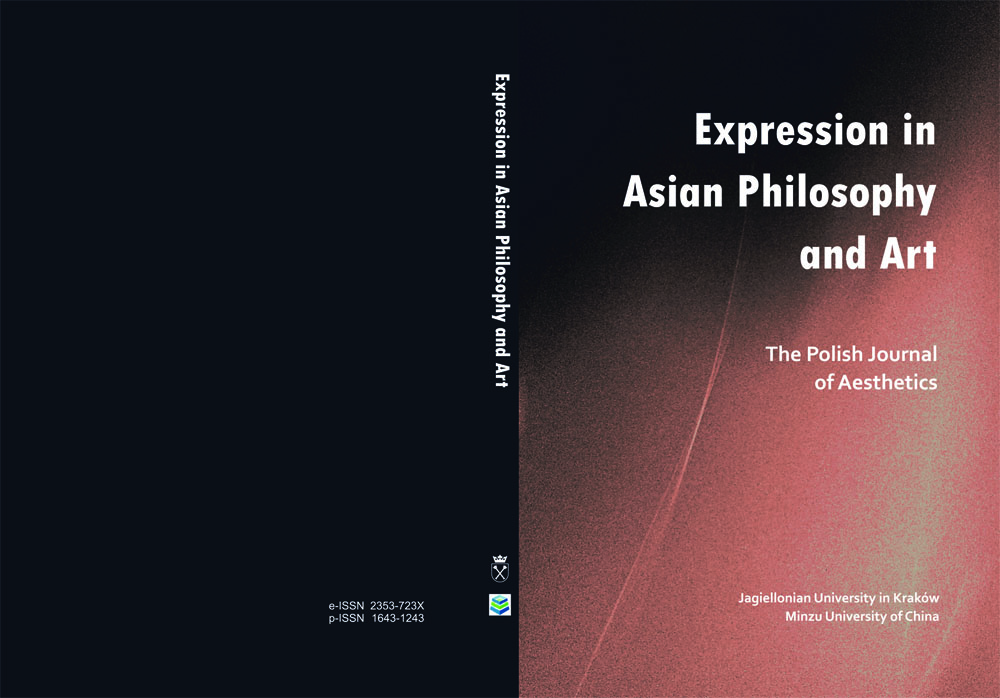Spontaneous Expression and Spontaneous Improvisation ‒ What Contemporary Improvising Artists Can Learn from Chinese Artists-Philosophers
Spontaneous Expression and Spontaneous Improvisation ‒ What Contemporary Improvising Artists Can Learn from Chinese Artists-Philosophers
Author(s): Rafał MazurSubject(s): Philosophy, Fine Arts / Performing Arts, Non-European Philosophy, Aesthetics, East Asian Philosophy
Published by: Wydawnictwo Uniwersytetu Jagiellońskiego
Keywords: spontaneous expression;spontaneous/free improvisation;Daoist strategy;Chinese aesthetics
Summary/Abstract: Spontaneous expression is a unique method of artistic creation that emerged from within a circle of Chinese Confucian scholar-philosophers for whom artistic creation comple-mented their philosophical activities. Free improvisation is a new phenomenon of the European art scene. It is typified by spontaneous, often ad hoc creation, without prior preparation of the act or the object. I want to illustrate the similarities in the strategies of creation between ‘spontaneous expression’ and ‘free improvisation’ and the extent to which the philosophical foundations and resulting strategies of the former can be used in the latter, demonstrating the philosophical basis for this artistic discipline. I will primarily consider the mind of the creator, and justify the thesis that the state of mind, or mental attitude, necessary for the practice of spontaneous expression could be useful in the de-velopment of the practice of free improvisation in contemporary art (European art here would be inaccurate). A ‘method without method’ built on the basis of Chinese philosophy can help generate a strategy to develop and improve the skills of improvisation among contemporary European artists and contribute to the development of a contemporary philosophy of free improvisation. It is my opinion that these are fields that lie fallow. This would be an attempt to adapt the strategy of creation borne of original Chinese philosophy to contemporary artistic activities and aesthetic studies: a kind of transcultural bridge.
Journal: Estetyka i Krytyka
- Issue Year: 32/2014
- Issue No: 1
- Page Range: 53-66
- Page Count: 14
- Language: English

